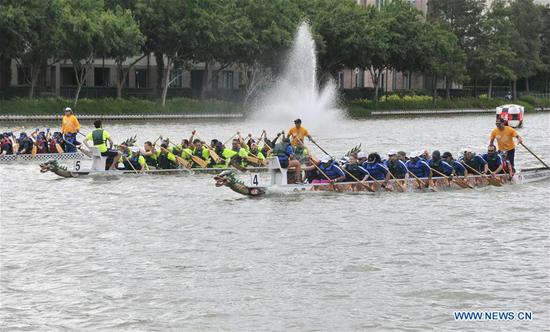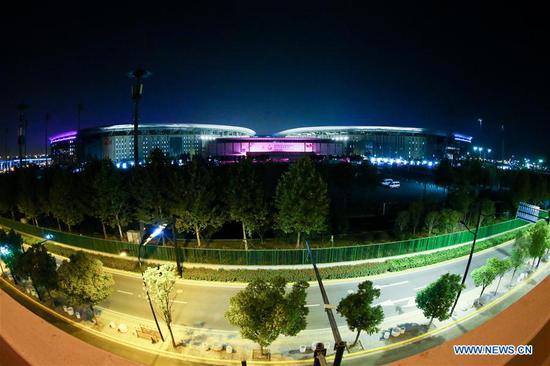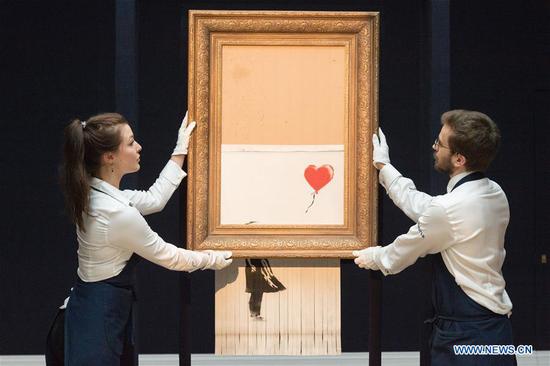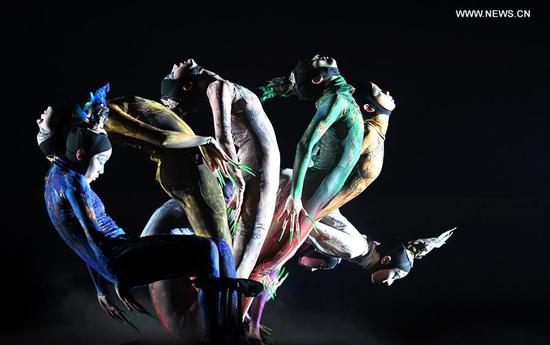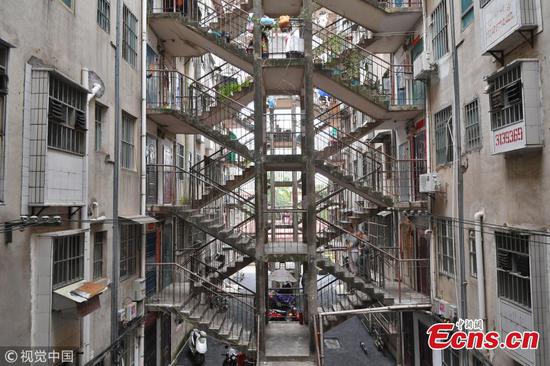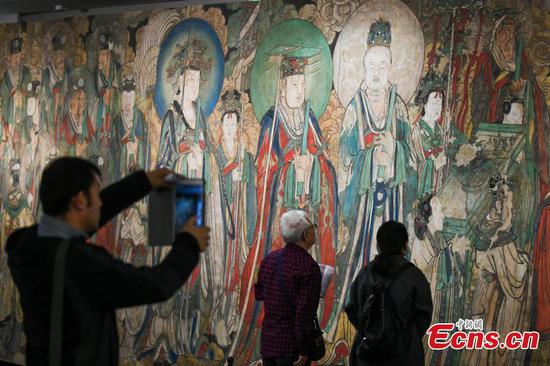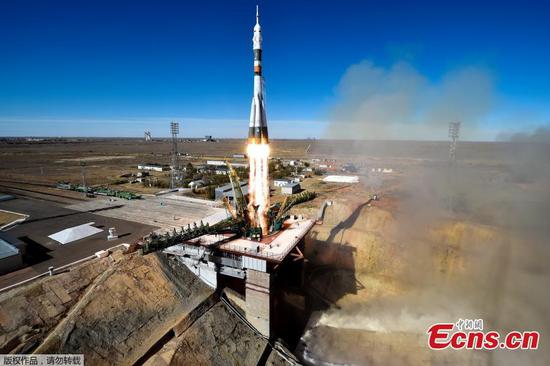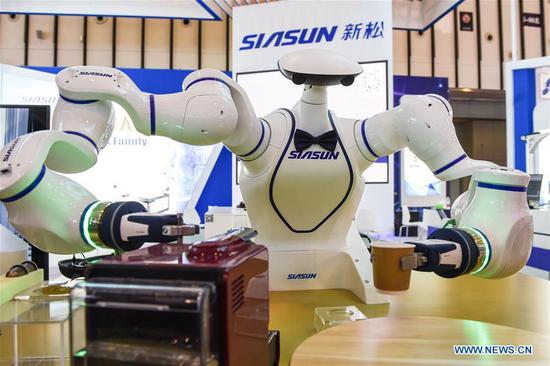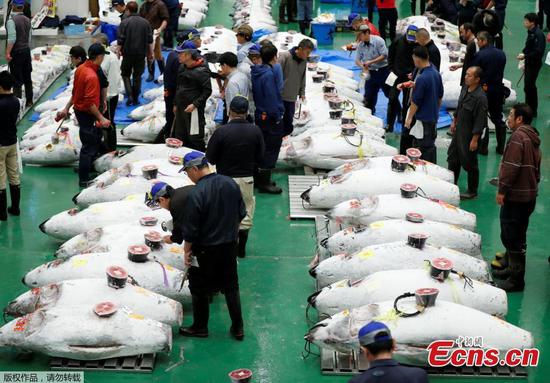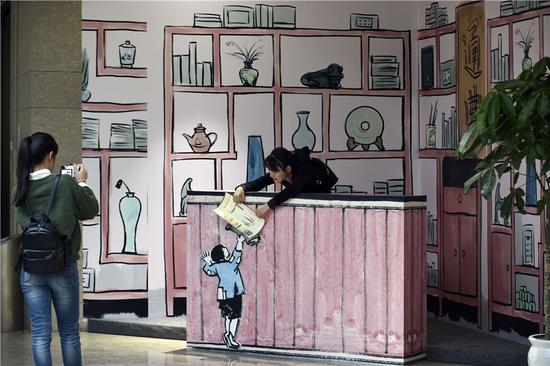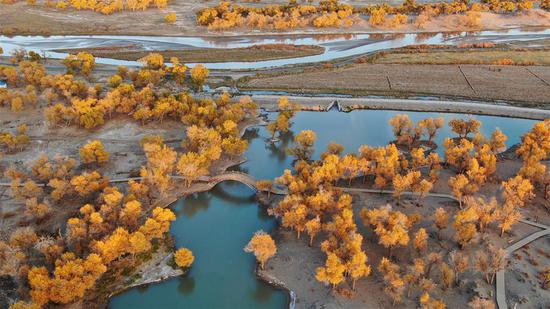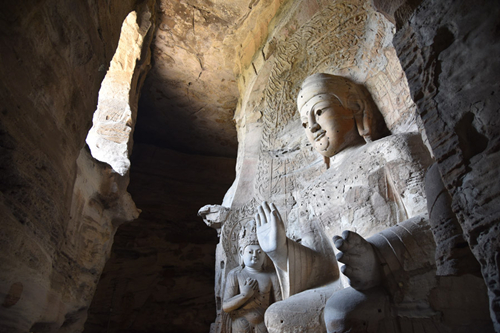
Yungang Grottoes are a cradle of Buddhist art, playing host to more than 51,000 sculptures. (Photo by Zhang Xingjian/chinadaily.com.cn)
Supported by 3D printing technology, the movable replica of a cave in the Yungang Grottoes, a 1,500-year-old UNESCO World Heritage site, has passed experts' tests this week.
The Yungang Grottoes Research Institute in northern China's Shanxi province claimed it to be the world's largest movable grotto printed by 3D technology.
Weighing less than 5 metric tons, the full-size reproduced grotto is 14 meters long, 11 meters wide and nine meters high.
The project was launched by the institute, Zhejiang University and a Shenzhen-based company, and it is based on the original cave No 12, also called "Cave of Music", in the Yungang Grottoes.
Zhang Zhuo, head of the institute, said that this cave represents the highest artistic level of Yungang. It incorporates carved statues playing Chinese and Western musical instruments.
The research team collected high precision 3D data and kept errors to within 2 millimeters. The main body of the replica was made of resinous material, and the printing process took around six months.
"We plan to color it with mineral pigments before the end of this year. In this way, the replica will maintain its original size, texture and color," Zhang said.
The reproduction can be divided into various parts and be pieced together within a week. Zhang said that in the future it will be added to exhibition tours with the institute's other cultural relics.
More than 59,000 statues were carved in 45 caves in the Yungang Grottoes, which was listed as a UNESCO World Cultural Heritage site in 2001.









